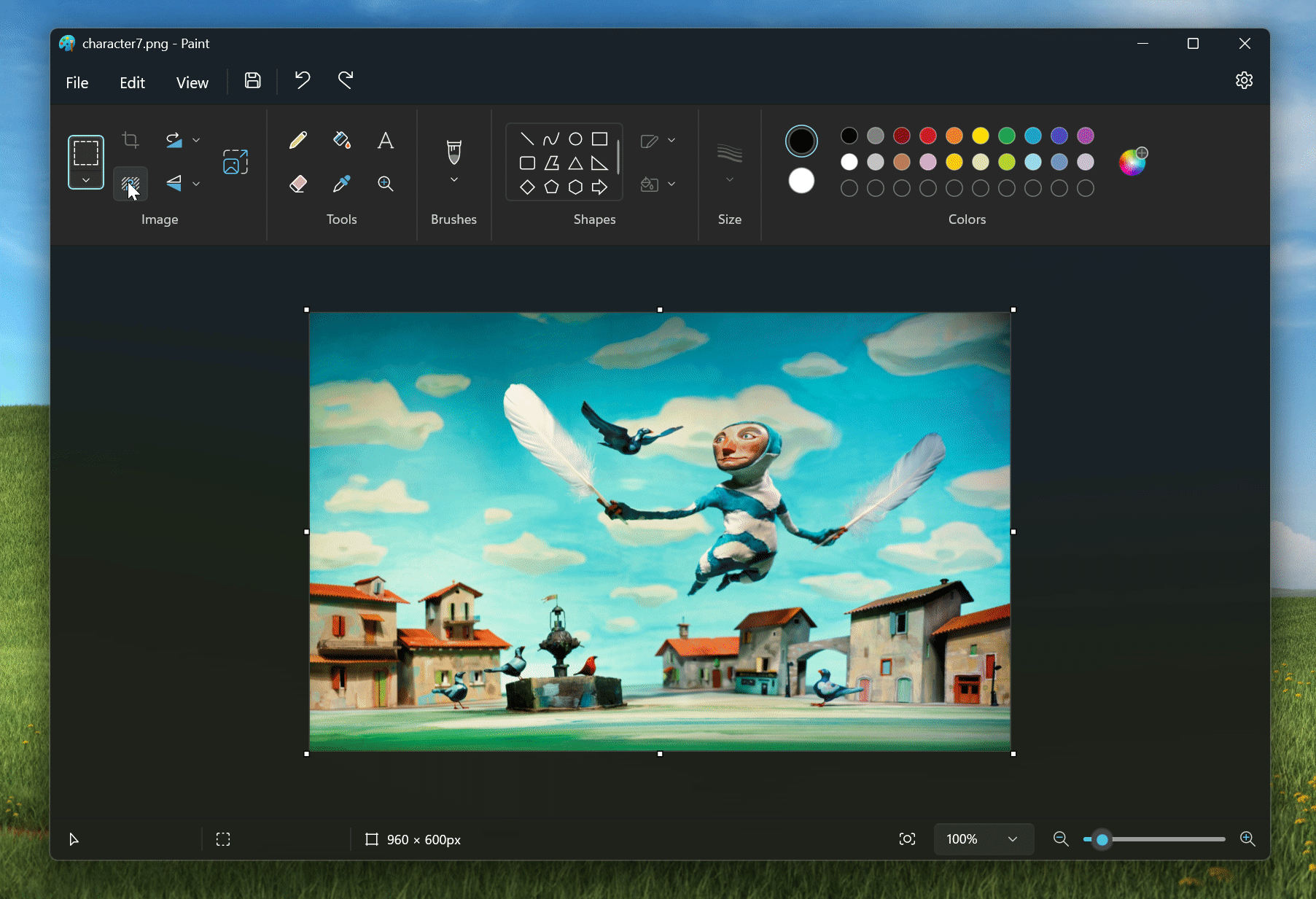Paint is getting the glow-up it deserves.
Microsoft Paint is perhaps one of the most legendary apps that are bundled with Windows. Paint has been a part of Windows since 1985, when Windows 1.0 was released, and has since remained a core part of every single Windows version that has come out. Microsoft once attempted to kill it off in 2017 (and was ultimately unsuccessful), but since then, the company has redesigned the app to match Windows 11’s UI. Now, it’s getting a cool new feature: background removal.
Microsoft has shown off a new Paint feature that might actually be useful for some: an automatic background removal option, similar to what is available in the Photos app on iPhone and iPad. If you have an image with a subject, and you want to remove the background of the image, the background removal tool should be able to do so easily. The tool can either detect the subject from the whole canvas or it can detect the subject from a small selection, and after processing the image, you’re left with a clean cutout of the subject on a white background. You don’t need to manually cut out the subject or, really, do anything — it’s just a matter of tapping a button. It’s not clear whether it uses AI or similar functionality in the automatic cutout process, but the demo provided by Microsoft looks impressive.
This is the first time Microsoft has added a totally new feature to Paint since 2009, when the app was completely revamped with the release of Windows 7. While Windows 11 brought a redesign of the app, it has the same basic set of features from the 2009 version of Paint. It’s also surprising because Paint is the very definition of a barebones image editing app, with no support for things such as layers or any kind of advanced editing. With this, it’s sure looking like Microsoft might actually want to make Paint into a competent editing app that can compete with the likes of GIMP and Paint.NET.
Paint with background removal is currently only available for Windows Insiders, but it’ll likely get rolled out to stable users within the next few months.
Source: Microsoft






